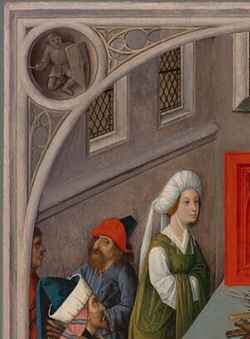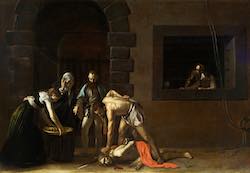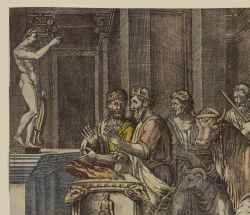Topic: 2. Sacrifice and religion: Comparisons, Antiquarians, Anthropology (16th-18th Century)
Religious sacrifices across various cultures and contexts sparked widespread interest in Early Modern Europe. As Christianity expanded into regions inhabited by "infidels" and "pagans", Europeans encountered a diverse array of sacrificial customs, ranging from the Sati rituals in India to the Aztec sacrifices in the Americas. This cross-cultural exposure captivated a wide audience, including theologians, philosophers, political thinkers, antiquarians, orientalists, missionaries, poets, artists, and even the general public. These encounters broadened the European understanding of sacrifice and led to a critical reassessment of classical and biblical sacrificial rites. This section includes:
- Sources: A selection of early modern printed materials, which include descriptions of the Americas, Asia, and Africa, alongside antiquarian and philological studies on religious sacrifice in classical antiquity and beyond. It also presents early modern works of ethnological observations and the first attempts to compare different sacrificial practices in various traditions and contexts, laying the groundwork for disciplines like the history of religions and anthropology.
- Iconographic Representations: A rich collection of images from the 16th to 18th centuries, illustrating a range of sacrificial rituals and practices as seen in different cultural and geographical contexts.
- Related Bibliography: An extensive bibliography spanning scholarly works from the 19th to 21st centuries, providing contemporary analyses and interpretations of these early studies and observations.
Jewish Ritual Murder: William of Norwich, Thomas of Monmouth, and the Early Dissemination of the Myth
in: Speculum, v. 72 (1997), issue 3: pp.698-740.
Riti e costumi degli ebrei descritti, e confutati dal dottore Paolo Medici sacerdote
Florence: Pietro Gaetano Viviani, 1736.
The offering of the Jews
Rotterdam, Museum Boijmans Van Beuningen
Beheading of St. John the Baptist (1608)
St. John's Malta Co-Cathedral (La Valletta, Malta)
The Tragic Heroine as 'comoditie': Iphigenia by Lady Jane Lumley and The Execution of Lady Jane Grey by Paul Delaroche
in: Vides, v. 3 (2015), issue : pp.213-227.
Death and Demonization of a Bodhisattva: Guanyin's Reformulation within Chinese Religion
in: Journal of the American Academy of Religion, v. 84 (2016), issue 3: pp.690-726.
Griechische opferbräuche
in: Phyllobolia, für Peter Von der Mühll zum 60. Geburtstag am 1. August 1945, pp. 185-288
Basel: Schwabe, 1946.
Psychés Father Consulting the Oracle (1530-1535)
from: Apuleius
Herzog Anton Ulrich-Museum, Braunschweig
Radical Martyrdom and Cosmic Conflict in Early Christianity.
New York - London: T&T Clark, 2006.
Berenice offers her hair to Venus [1662 - 1663]
Palazzo Reale, Turin
Codici alimentari, carne e commensalità nella Siria-Palestina di età pre-classica
in: Sacrificio e società nel mondo antico, pp. 55-85
Roma - Bari: Laterza , 1988.
Concerning Jeremiah's repudiation of sacrifice
in: Zeitschrift für die alttestamentliche Wissenschaft, v. 89 (1977), issue 2: pp.273-275.
1. Sacrifice and Bible (16th-18th Century) 2. Sacrifice and religion: Comparisons, Antiquarians, Anthropology (16th-18th Century)
The complex Nature of Religious Sacrifice in the Mahabharata, in the Bagavadgita, and in general. A Cross-cultural Comparison between Indian and Western Theories of Religious Sacrifice
in: Neue Zeitschrift für systematische Theologie und Religionsphilosophie, v. 50 (2008), issue 3-4: pp.196-215.




